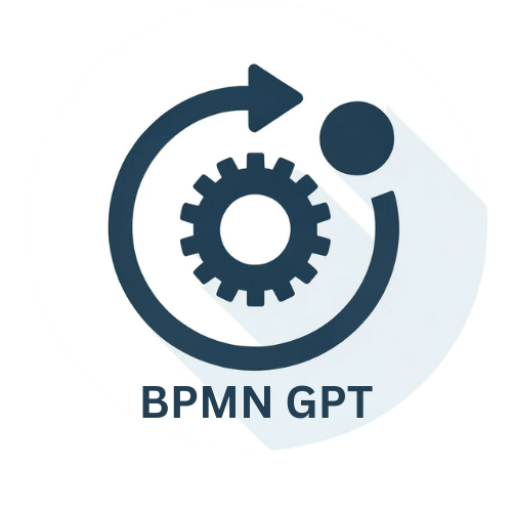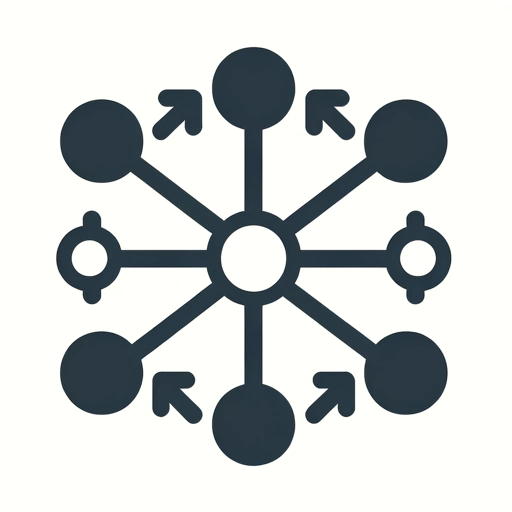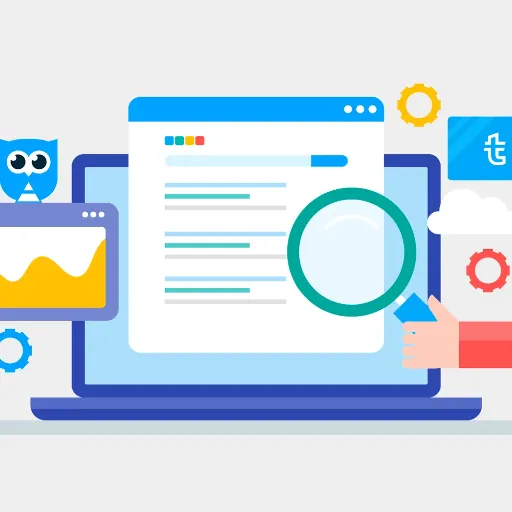FlowChartGPT-AI-powered flowchart creator
Visualize complex processes with AI.
Can you weave a flowchart for this magical process?
How can this workflow potion be improved?
Transform this flowchart into a mystical PDF.
What enchanting symbols fit this decision node?
Related Tools
Load More
Flow Chart Genius
I create flow charts to explain connections.

BPMN-GPT
Business Process Management Notation GPT. Transform your process steps into BPMN code

GPT Instruction Genius
[V4] Crafts detailed instructions from your ideas, to create GPTs that provide structured and consistent outputs. Tip: Write '/changelog' to see the latest changes!

GPTChart
Visualize charts and graphs from data input to facilitate your detailed analysis.

FlowGPT
Propagation Analysis over Graphs
Flow chart
Assists in creating and understanding flow charts
20.0 / 5 (200 votes)
Introduction to FlowChartGPT
FlowChartGPT is designed as a specialized tool to create and optimize flowcharts for complex processes, making intricate concepts more accessible and visually appealing. The tool is based on a modular sequence of GPT agents, each responsible for distinct aspects of task execution. These agents work in a coordinated manner to break down complex tasks, refine them, and generate outputs that range from detailed subtasks to professional-grade Python code and data visualizations. An example scenario could be the creation of a detailed workflow for a software development project where FlowChartGPT decomposes the project into phases, clarifies requirements, generates code, and provides visualizations.

Main Functions of FlowChartGPT
Task Decomposition
Example
Breaking down a software development project into distinct phases like design, coding, testing, and deployment.
Scenario
A project manager inputs a broad task, such as 'Develop a new e-commerce platform.' FlowChartGPT's B.T.D. (Break Task Down) agent then dissects this into manageable subtasks like front-end design, backend integration, and database management.
Prompt Generation
Example
Generating specific GPT prompts in JSON format for each subtask.
Scenario
After refining the subtasks, FlowChartGPT uses the S.P.M. (Swarm Prompt Master) agent to create precise prompts that can be used to gather more detailed outputs or guide further automation, such as generating code or datasets.
Code Development and Optimization
Example
Creating and refining Python code for automation scripts.
Scenario
In a scenario where automation scripts are needed, FlowChartGPT's S.C.G. (Swarm Code Guide) agent writes initial code, which is then polished to professional standards by the P.P.P. (Python Program Pro) agent, ensuring high-quality and efficient code ready for deployment.
Ideal Users of FlowChartGPT
Project Managers
Project managers benefit from FlowChartGPT by getting complex tasks broken down into manageable subtasks, which can then be delegated to team members or used to guide the project workflow.
Software Developers and Data Analysts
These users can leverage FlowChartGPT for generating code snippets, refining existing scripts, and creating visualizations. It saves time and ensures that outputs are of professional quality, facilitating smoother project execution.

Using FlowChartGPT
Visit the Website
Visit aichatonline.org for a free trial without login, no need for ChatGPT Plus.
Prepare Your Process Description
Have a detailed description of the process or task you want to visualize in a flowchart. This helps in providing accurate and relevant flowcharts.
Input Your Information
Enter the process description and specify any requirements or constraints you have for the flowchart, such as specific styles, elements, or formats.
Review and Customize
Review the generated flowchart for accuracy. Customize the layout or content as needed, ensuring it aligns with your goals and preferences.
Download and Implement
Download the final flowchart in your preferred format and implement it in your documentation, presentation, or project management tools.
Try other advanced and practical GPTs
Human Design Explorer
AI-powered personalized Human Design tool

FPGA/ASIC Engineer
AI-powered FPGA and ASIC design tool

Custom GPT
Custom AI solutions for every need.

Girlfriend Luna
Your AI-powered virtual companion.

Blood Test Result Analysis for Health Insight
AI-Powered Blood Test Analysis for Better Health

Art Scholar AI
AI-powered insights for art scholars.

Market Insight - Crypto Chart Technical Analysis
AI-powered technical analysis for crypto charts

Shield Challenge - v2
AI-Powered Puzzle Challenge for Critical Minds

Kato, Keeper of Secrets
AI-powered secrets, language games, and more.

Funnel Builder Pro
AI-powered funnels for seamless conversion

S.I.C.S. by Max Del Rosso (PremiumLink.it)
AI-powered analysis and optimization.

Market Analysis GPT
AI-Powered Market Insights and Analysis

- Project Management
- Decision Making
- Educational Tools
- System Design
- Process Visualization
FlowChartGPT Q&A
What is FlowChartGPT?
FlowChartGPT is a tool designed to create detailed and visually appealing flowcharts from complex process descriptions. It helps users visualize workflows, decision-making processes, and system architectures.
Who can benefit from using FlowChartGPT?
Professionals, educators, students, and project managers can benefit from FlowChartGPT. It's useful for anyone needing to communicate processes, ideas, or systems clearly through flowcharts.
What types of flowcharts can FlowChartGPT create?
FlowChartGPT can create various types of flowcharts, including process flows, decision trees, system architectures, and organizational charts, tailored to specific user needs.
Does FlowChartGPT support customization?
Yes, users can customize flowcharts in terms of style, layout, and specific elements to match their preferences and requirements, ensuring the final product meets their expectations.
Is technical expertise required to use FlowChartGPT?
No, FlowChartGPT is designed to be user-friendly and accessible, making it easy for anyone, regardless of technical background, to create professional-quality flowcharts.